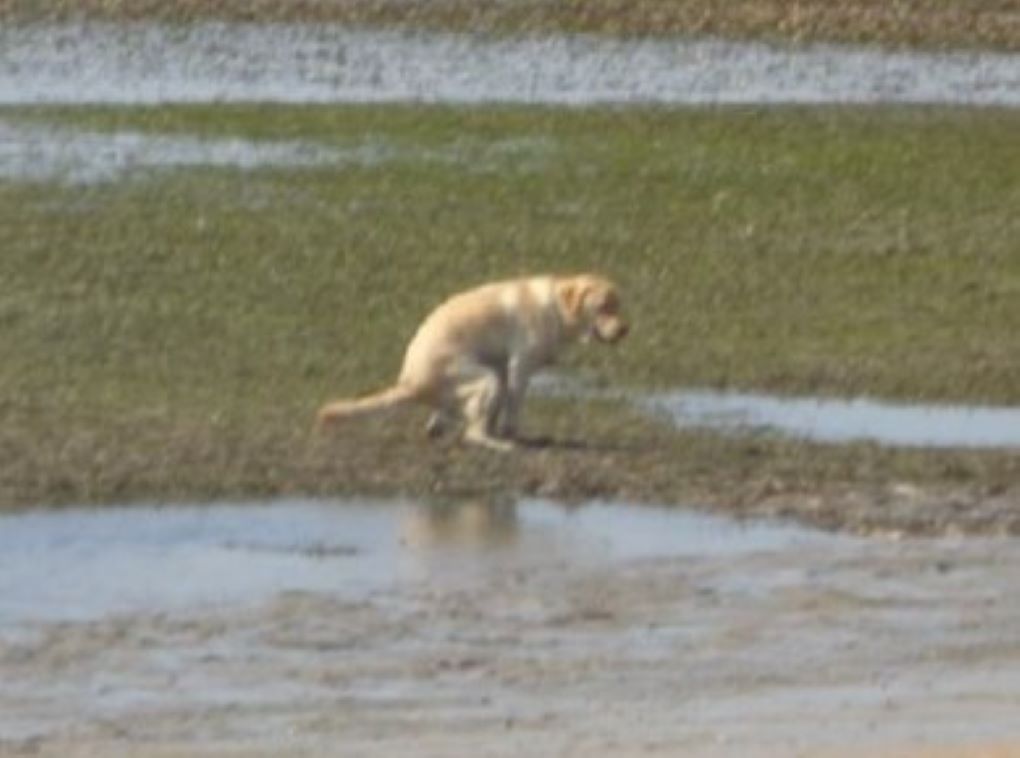An excess of nutrients from dog faeces in the surrounding water can lead to excessive growth of algae. These algae can significantly reduce the quantity and quality of light reaching the seagrass, thereby reducing growth rates and its productivity. The dominant seagrass in the area already experiences considerable overgrowth by epiphytic algae, and a relatively small additional nutrient input could have disproportionately large consequences.
A comparison of microbial load from animal faeces at recreational beaches, from Wright, M. et. al 2009, revealed that one dog faecal event was equivalent to 6,940 bird faecal events. This study suggests that dogs would be the largest contributing animal source of enterococci to a beach site.
Nutrients from dog faeces and urine are threats to water quality, leaching into the water and causing eutrophication with impacts on the aquatic ecosystem.
Note: Above image taken on 22 January 2019 at low tide on Station Beach, and published in the Cardno (NSW/ACT) Review of Environmental Factors: Station Beach Off-Leash Dog Area – May 2019 p83

